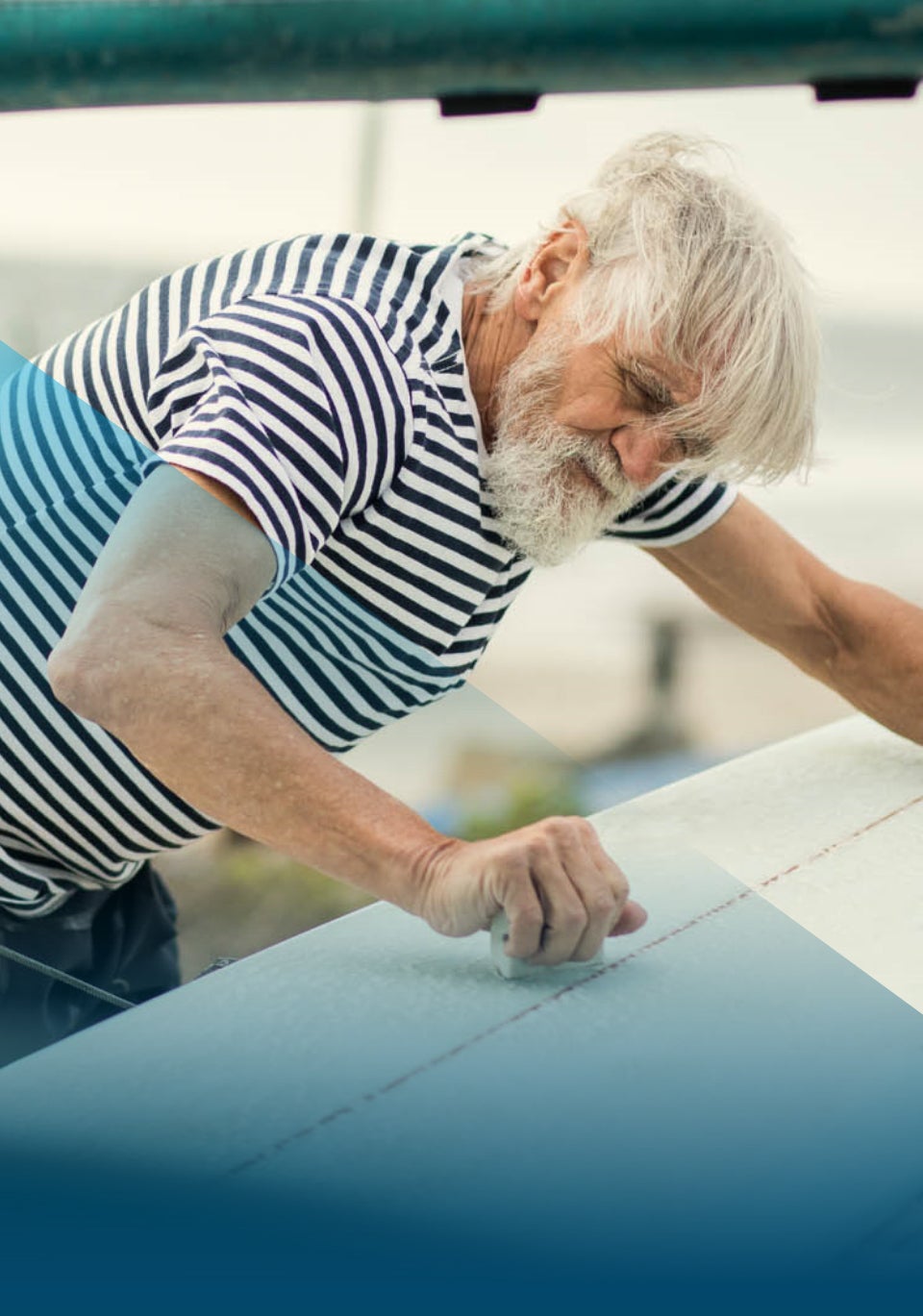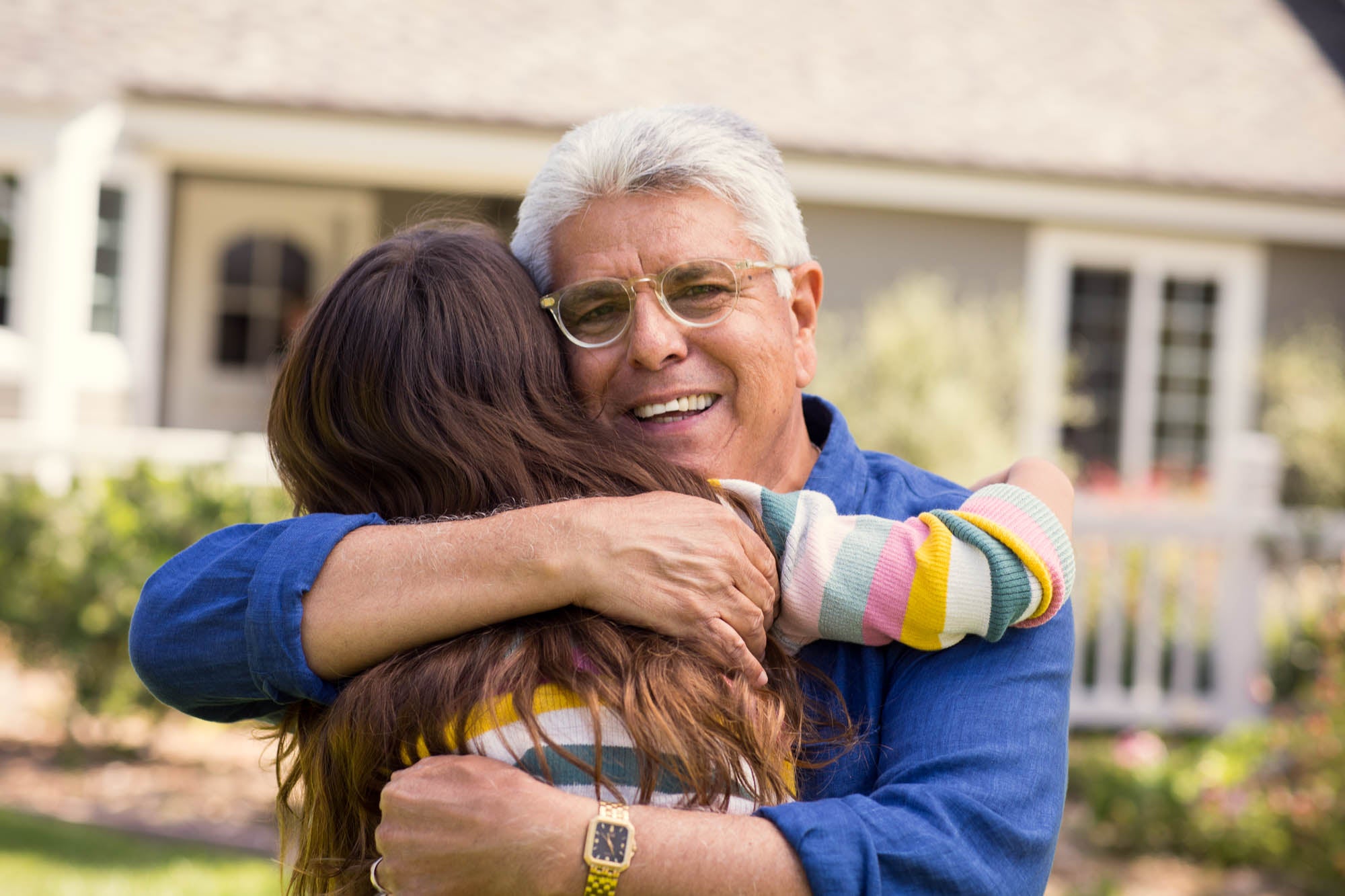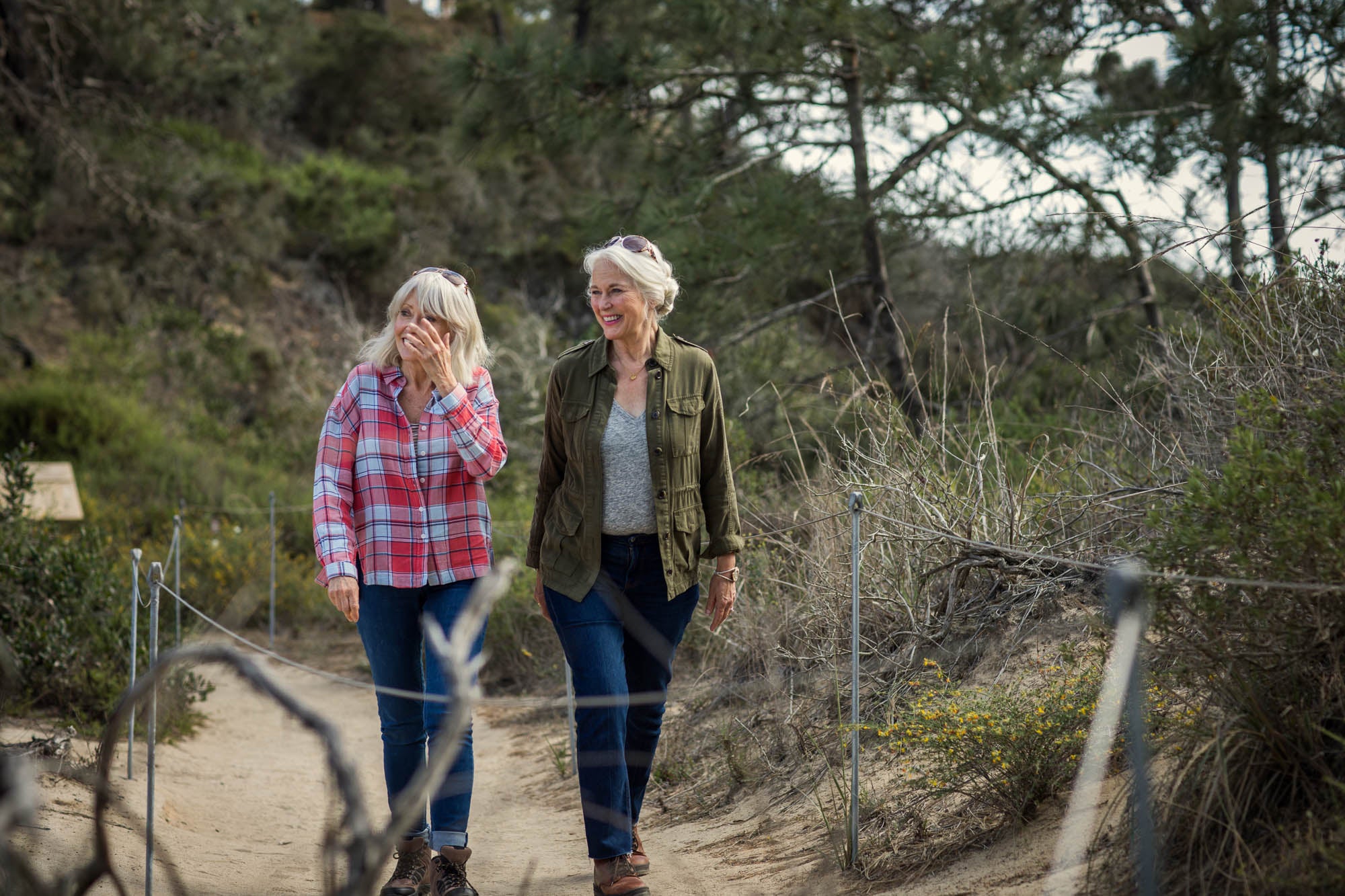Fyodor Dostoevsky, the famous Russian author of the immensely powerful and dark Crime and Punishment, said, “The soul is healed by being with children.” His fellow Russian writer, Leo Tolstoy, author of the character-rich War and Peace, and Anna Karenina founded 13 schools for peasant children. These two formidable writers of gut-wrenching human drama were both very public with their regard for the special and transformative nature of children. I don’t know about you, but that says something to me.
When I was a young man, I was attempting to be viewed as a competent adult, distancing myself from my own childhood, and therefore had little appreciation for children. As a father, I saw children as a blessing and a consuming responsibility. As a grandfather – however – I am in awe of the mystical, healing, and yes, the transformative nature of not only my grandchildren, but all children. Why is this so?
Deeply Rooted Connection
Simply put, humans have navigated their way through their evolutionary history within an intergenerational group … a tribe, a village. Children were the symbol of survival, the ultimate goal and purpose of the species; adults were the doers, the movers and shakers; older adults were the treasure trove of wisdom and guidance. And this is how we survived and lived for ninety-nine percent of the time we’ve walked the earth, an intergenerational soup with all the ingredients needed for full flavor. And this intergenerational tug is in our very DNA.
But, when our village structure began to unravel with the Industrial Revolution so did our lifelong close relationship between generations, particularly between older adults (the historical educators), and their students and playmates (the children). Today, the physical and emotional gap between our oldest and youngest is wide and, as we’re beginning to understand, destructive to both. And so, we’re awakening to the need for a better way … a return to our roots.
Creative Probes Into Our Humanity
I have a friend who lives in a Des Moines retirement community I work with who called me recently, overflowing with enthusiasm. The community has done the unimaginable. They have offered a young, Drake University music student an apartment in exchange for musical performances. But, what has happened is more than musical … it is magical. The student is truly a rock star in the community. She regularly dines and gathers with her neighbors and exchanges a new intergenerational currency. My friend is inspired by the young woman’s skill but even more, by her youthful perspective. She is a lens through which the residents of this retirement community view her generation. My friend is “always uplifted” by every meeting, every greeting. The community, she admits, is more vibrant and fun. The young musical student, interviewed by the local press, describes her experience similarly. She is surrounded by caring surrogate grandparents who flood her with confidence and guidance. The match is hit … as it is with four Chicago Cubs farm team members who live in a local senior living community, and as it is with a Seattle nursing home which houses a preschool. And, as it is in another retirement community I work with in Centennial where girl scouts teach older adults how to use technology and where a Mentor’s Network connects experienced residents with young professionals. As it is in another Seattle retirement community’s Intergenerational Children’s Center where preschool education is a joyful experience. And as it is with the multigenerational playgrounds sponsored by KaBoom and Humana.
The Rewards
The value of intergenerational connection is well documented for children, with less documented drug and alcohol abuse, less crime and violence, better performance in school. The value to older adults is less well documented but with the over 20,000 older adults my team and I work with, it is intuitively priceless. There is less stress, more smiles, more optimism and sense of purpose, all of which is associated with less risk for serious disease and decline, and a more successful aging experience. What we have here is a deeply rooted need to interact with other generations for health, for purpose, for compassion, for connectedness, for a sane society. So, wherever we are in our lives, it’s time to examine if we are in the mainstream of basic human interaction.
Five tips to expand your intergenerational portfolio
- Do an assessment: How much time do you spend with people of other generations (e.g. people more than 15 years older or younger than you)? Keep track for the next month or so, and then decide, “is this enough?” (I’m guessing it will not be.) And, make the commitment to expand your experience and learning.
- Connect authentically: Now arrange for an uninterrupted time with a younger or older acquaintance or family member. Make a date for lunch, a walk, or a drive. Have some questions for them that will invite them to share their views on their lives, the world, aging, or growing. Make the questions very open ended so that the answers cannot be yes or no. For instance, “What does it feel like to be a (young, retired, older) person? Listen at least three times as much as you speak.
- Follow your bliss: Now make a plan to follow up on something that stood out from your meeting. More time with that person? More time with older or younger adults? Volunteer to work with other generations? Just do it.
- Advocate for your generational brothers and sisters: Both young and old are in many ways viewed inaccurately (you know that now), and so resolve that you will not let biases against either go unanswered in your presence. You are now the voice of our humanity.
- Build bridges for your life: Resolve also that you will be a bridge builder to other generations. This will help them be better assimilated into our high tech, rapid moving society. It will help you be more compassionate and optimistic about your own aging experience. And, it will help our world become a better place. Because in the end, it does take a village.
Live long; live well! Stay connected.
By: Dr. Roger Landry
This article is intended for general informational and educational purposes only, and should not be construed as financial or tax advice. For more information about whether a reverse mortgage may be right for you, you should consult an independent financial advisor. For tax advice, please consult a tax professional.















I WANT TO KEEP UP TO DATE ON RETIREMENT TRENDS
Follow Us.